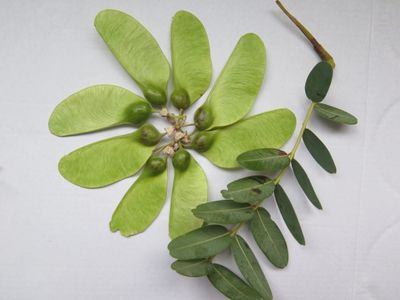What is a Tipu Tree?
A tipu tree (Tipuana tipu) is a shade tree planted frequently in the warmer parts of the world. In the United States it is used as a flowering accent tree or a landscape tree. The tree has a single trunk and a high spreading canopy. It can grow to over 60 feet (18 m.) in height and about the same in width. However, in cultivation the trees usually don’t get that big. Beautiful yellow flowers cover the tipu’s canopy during the summer months. These turn into the tipu fruit, large brown seed pods. Both flowers and pods create litter below, so this is something you should consider prior to planting.
Additional Tipuana Tipu Information
If you are thinking of growing a tipu tree in your garden, you’ll need to know a little more about the species. The first rule for how to grow a tipuana tree involves climate. The tipu is a tropical tree. It only thrives in very warm climates such as in USDA hardiness zones 9 through 11. However, even zone 9 may be too cold and you’ll have to consider protection. If you are able to grow tipu trees, you’ll find them to be some of the most beautiful flowering trees for warm climates. The blossoms are yellow or apricot and pea shaped. Tipu trees grow quite quickly. With proper tipu tree care, they can live to 150 years.
Tipu Tree Care
To start growing a tipu tree, plant the tree in a site with full sun or partial sun. Be a little careful about selecting a site. The tipu has a large trunk that buttresses out at the base. In time, the roots may be able to lift sidewalks. If you want to know how to grow a tipu tree, you’ll be happy to learn that the trees are not picky about soil. They will grow in moist or dry soil, in clay, loam, or sand. They prefer acidic soil, but also tolerate slightly alkaline soil. Although tipu trees are reputedly drought resistant, tipu tree care means providing regular irrigation. This is particularly important during dry spells.
